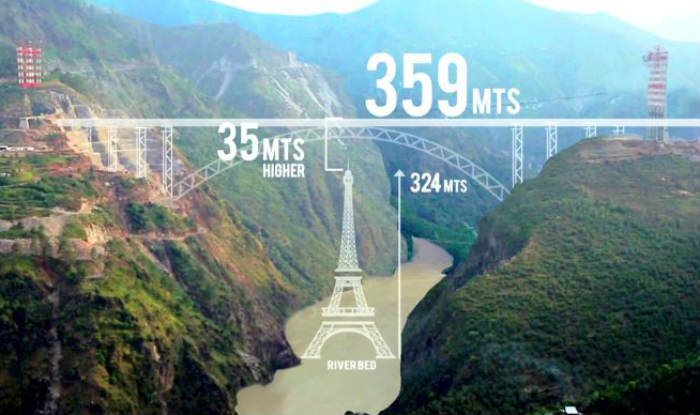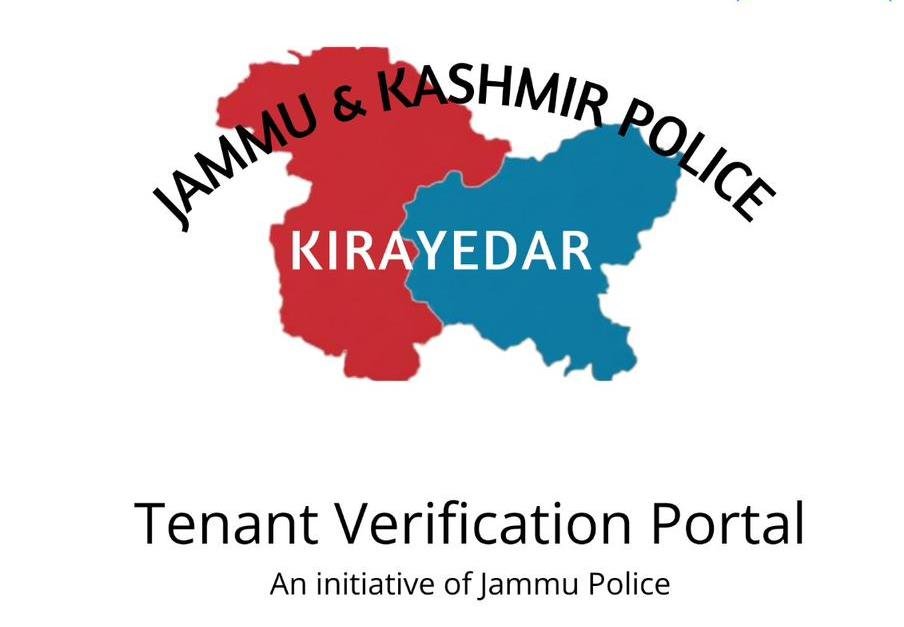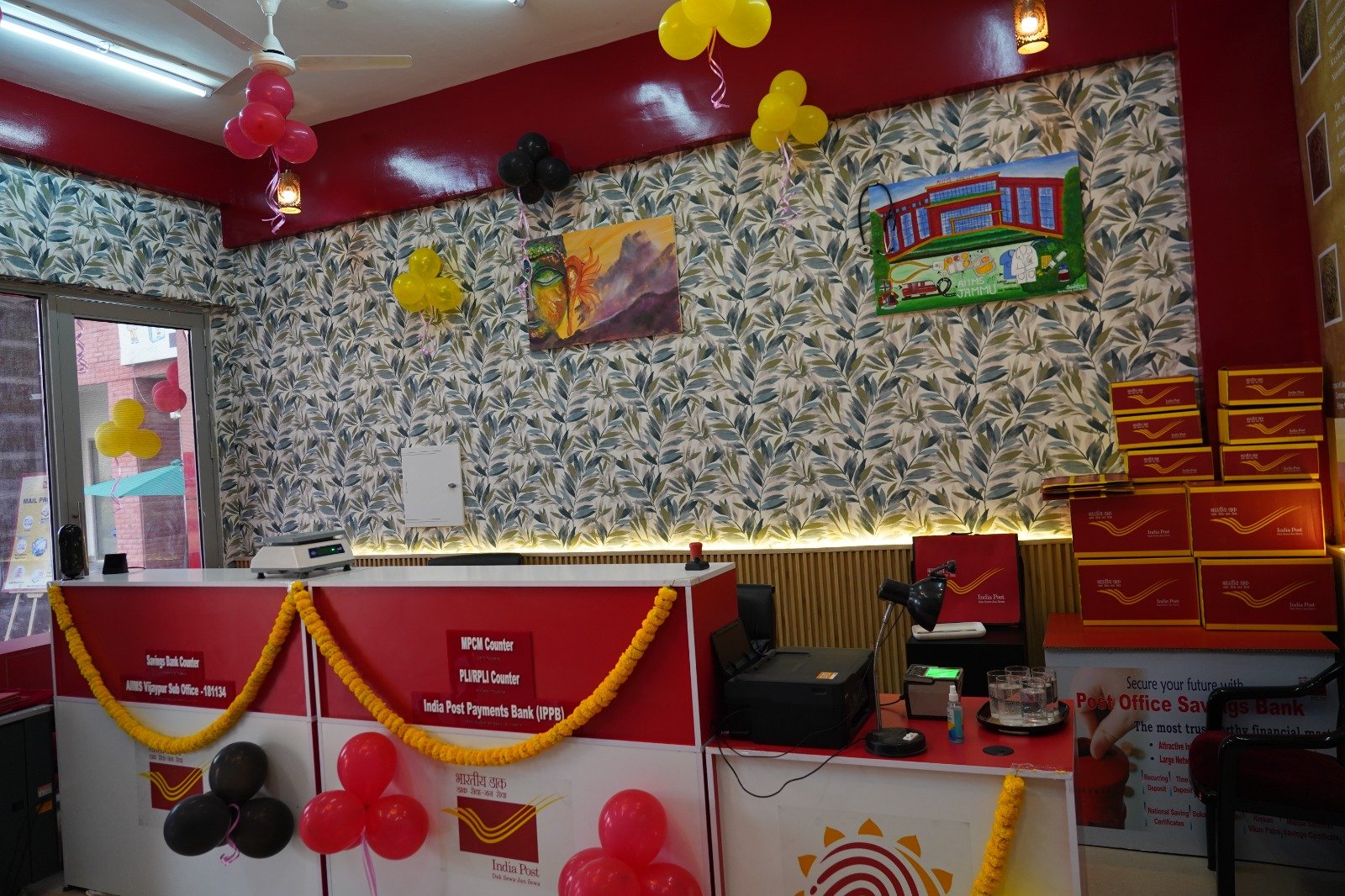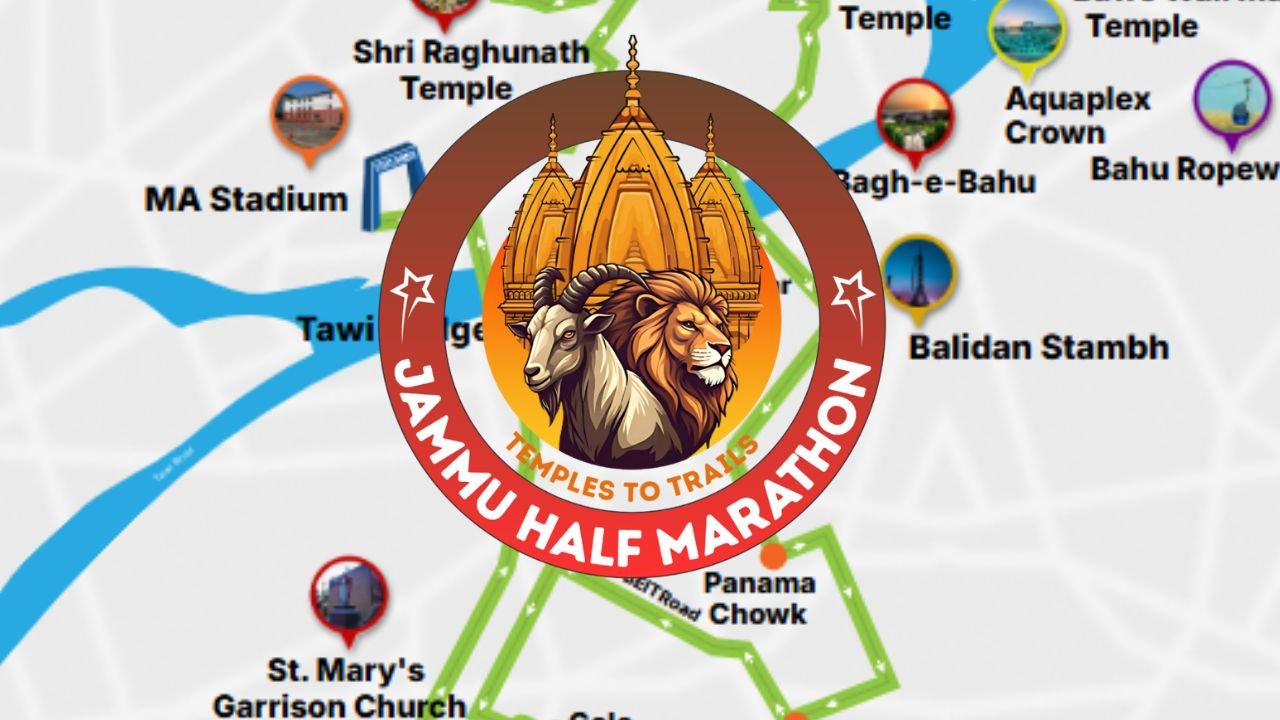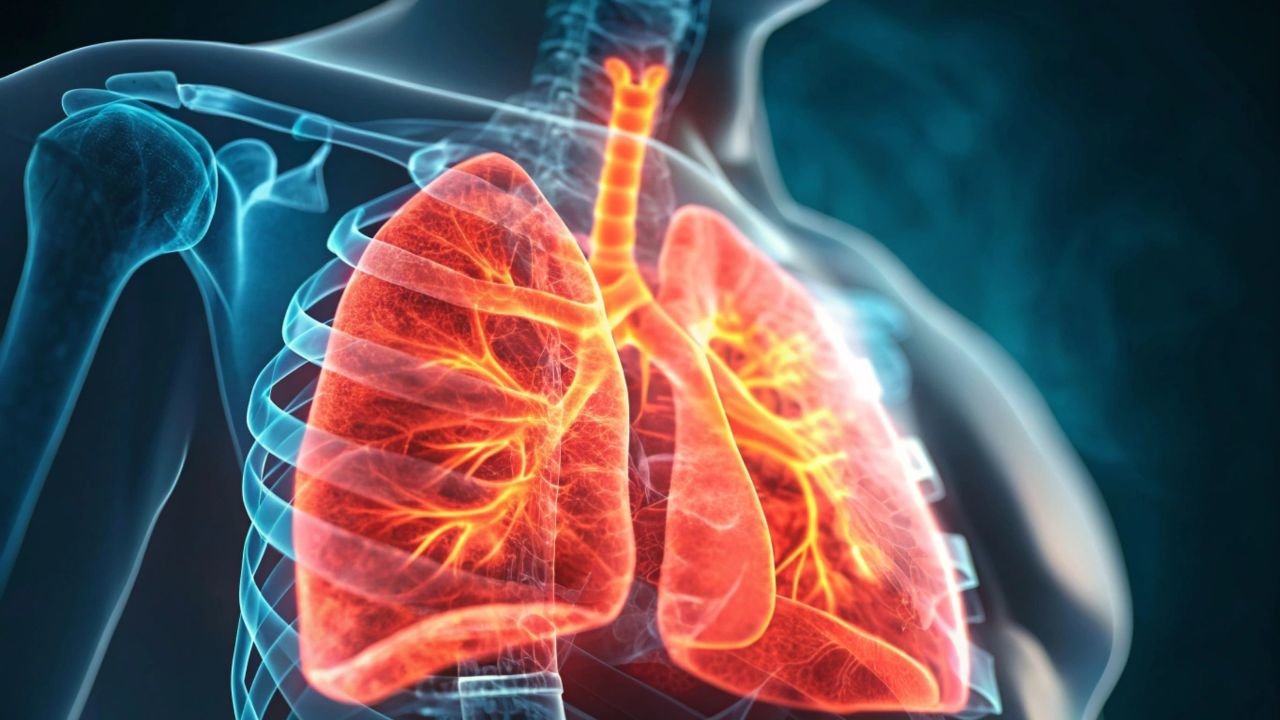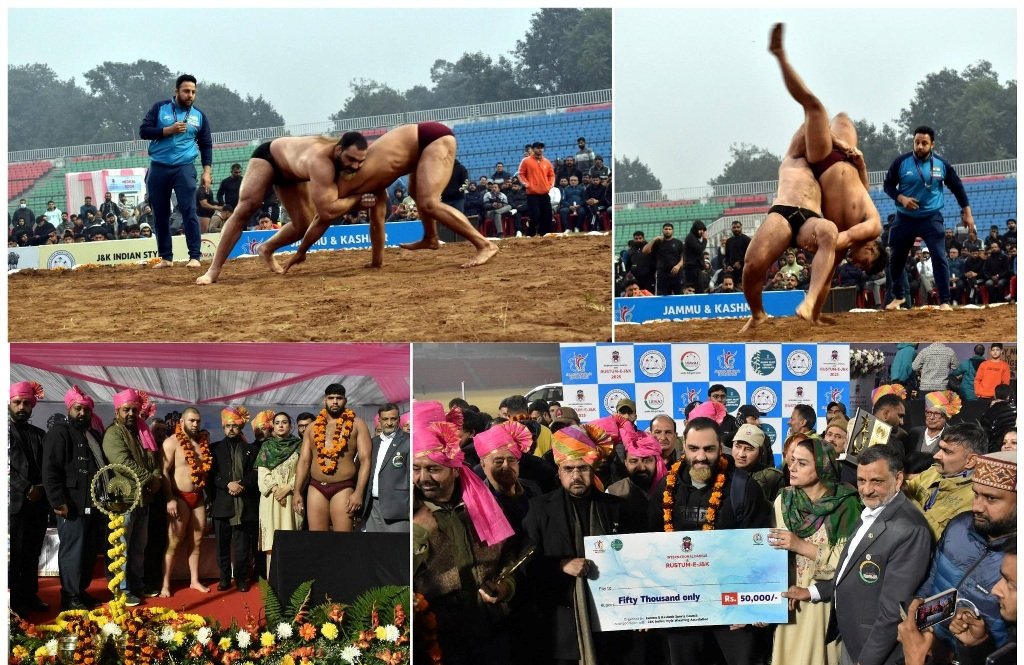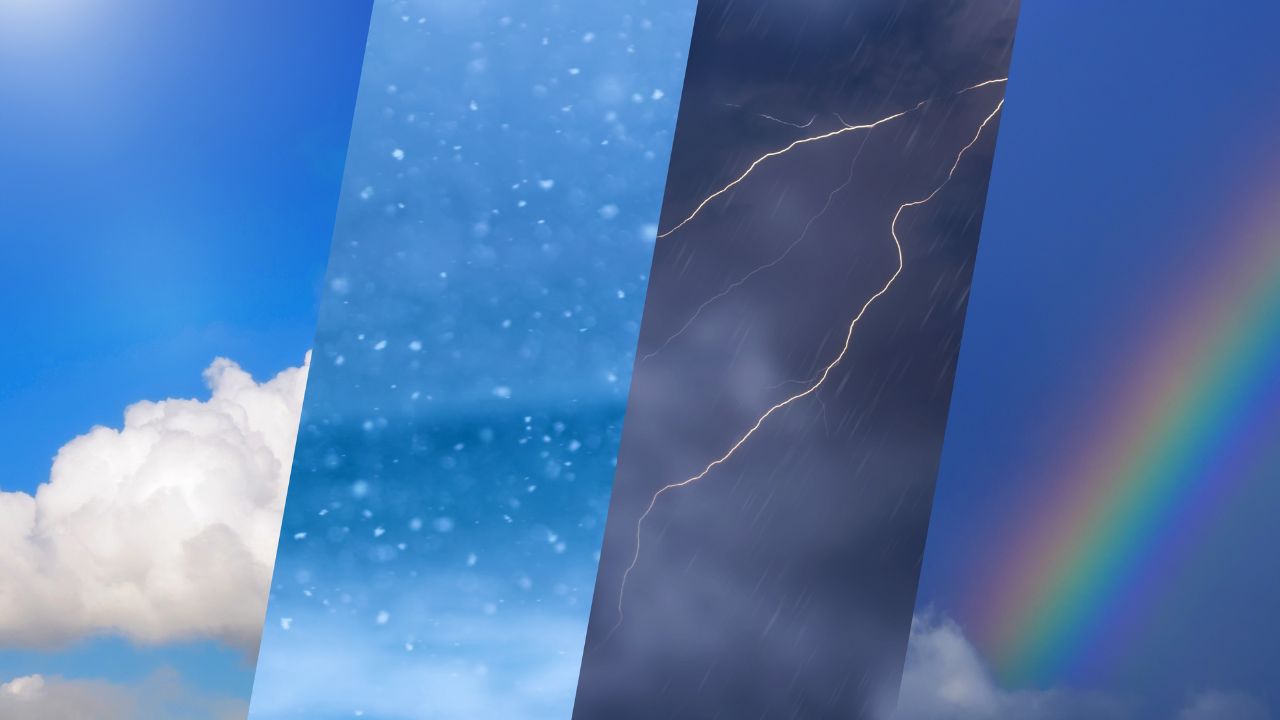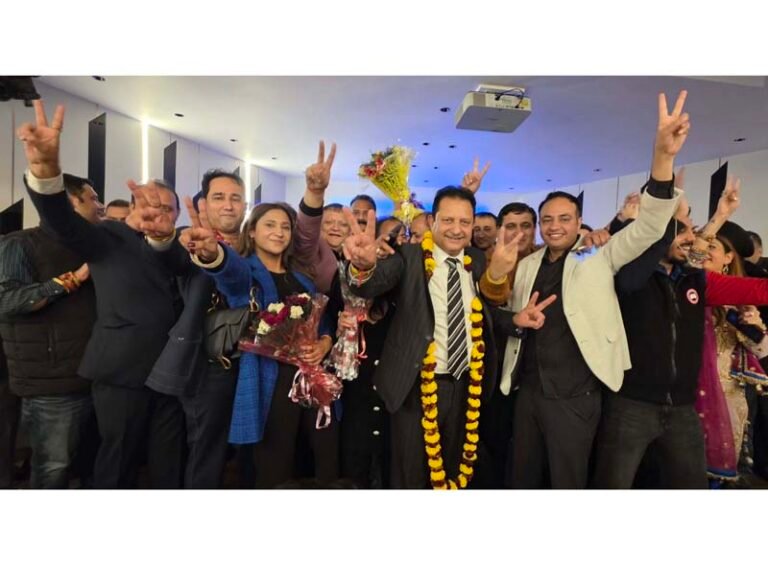Jammu & Kashmir’s transport history spans from ancient myths to modern engineering marvels. According to legend, the Kashmir Valley was once a vast lake until Maharishi Kashyap drained it to make it habitable. Today, it stands not only as a scenic wonder but also as a region connected to the rest of India by a rail network that defied terrain, temperature, and time.
For centuries, Kashmir remained geographically isolated due to its mountainous terrain and extreme winters. The harsh climate, particularly snowfall in the Pir Panjal range, hindered year-round accessibility. This geographic isolation was only mildly addressed by early trails, pony routes, and rudimentary roads.
British Arrival and Rail Development in Colonial India
The arrival of the British East India Company in the 1600s marked the beginning of structural infrastructure across India. By 1853, India’s first passenger train ran between Mumbai (then Bombay) and Thane. Soon after, railways began expanding across the country.
Jammu was first connected to the broader rail network in 1897 through the Jammu-Sialkot railway, which passed through Lahore and Wazirabad. However, the station was destroyed post-partition, and rail links beyond Jammu were severed.
Maharaja Pratap Singh’s Rail Vision for Kashmir
Maharaja Pratap Singh envisioned rail connectivity to Srinagar in the late 19th century. British surveyors proposed three potential routes:
- Abbottabad–Baramulla via Jhelum River (least costly, but ignored Jammu).
- Akhnoor–Reasi–Arnas route (impractical due to lack of road infrastructure).
- Udhampur–Doda–Kokernag route (dangerous terrain and financially unfeasible).
None of these early plans materialized due to logistical and financial constraints.
Partition’s Impact and Early Post-Independence Rail Expansion
India’s partition in 1947 disrupted Jammu’s existing rail link to Sialkot. By the 1970s, trains ran only up to Pathankot. Jammu had no rail services until 1971, when the Indian Railways laid the Pathankot–Jammu Tawi broad-gauge line. The new Jammu Tawi station was opened in 1972. In 1972, plans began for a new station at Jammu, leading to the Jammu–Udhampur line’s foundation stone being laid by Prime Minister Indira Gandhi in 1983.
The new railway station which was built in 1972 when Mir Qasim was the Chief Minister of the erstwhile State of Jammu & Kashmir. On December 1 1972 the Srinagar Express (later Jhelum Express) departed from New Delhi with Om Mehta, the then MoS for Transport and Muhammad Shafi Qureshi, the then Deputy Minister for Railways, arrived at Jammu Tawi Station on December 2, 1972. A gala function was held at the Jammu railway station under the guidance of Abdul Ghani Lone, the J&K Minister for Tourism.
Katra–Banihal–Qazigund–Baramulla: A National Project Takes Shape
In 2002, under Prime Minister Atal Bihari Vajpayee, the Katra–Qazigund railway was declared a National Project—one of the most ambitious undertakings in the history of Indian Railways.
In 2005, Prime Minister Manmohan Singh inaugurated the long-awaited Jammu–Udhampur railway line, the construction of which had been delayed for over 21 years due to engineering and geological challenges. This marked a significant milestone in enhancing connectivity to the Jammu region.
Continuing the momentum, in 2008, Prime Minister Singh inaugurated the Anantnag–Mazhom section, flagging off the first-ever train service in the Kashmir Valley from Nowgam Railway Station, near the summer capital Srinagar. The initial service connected Rajwansher (Budgam district) to Anantnag district in South Kashmir, covering a distance of 66 kilometers. The train had scheduled stops at Budgam, Srinagar, Pampore, Kakapora, Awantipora, Panjgam, and Bijbehara, operating with eight coaches.
The launch ceremony was attended by several prominent leaders, including UPA Chairperson Sonia Gandhi, Union Railway Minister Lalu Prasad Yadav, Union Water Resources Minister Saif-ud-Din Soz, J&K Governor N.N. Vohra, former Chief Minister Ghulam Nabi Azad, and PDP President Mehbooba Mufti.
Further expansion followed:
- Mazhom/Pattan to Baramulla section opened in 2009.
- Anantnag to Qazigund section also inaugurated in 2009.
- Qazigund to Banihal section was completed and opened to the public in 2013.
Simultaneously, construction activities in remote villages such as Bakkal, Dugga, and Barala brought road and rail access to these communities for the first time in history, bridging decades of isolation.
Reaching the Hills: Jammu to Udhampur and Beyond
The railway to Udhampur faced numerous engineering challenges due to the Shivalik Hills’ geological instability. The project was finally completed in 2005. Extending the line further to Katra, home of the Vaishno Devi Shrine, was a strategic and spiritual milestone. The Katra railway station was inaugurated in 2014 by Prime Minister Narendra Modi.
A Historic Milestone: Srinagar–Katra Vande Bharat Express Flagged Off
In a historic development for Jammu and Kashmir’s rail connectivity, Prime Minister Narendra Modi flagged off the Srinagar–Katra Vande Bharat Express from Nowgam Railway Station.
This launch marks a turning point in the region’s railway history. Previously a 7–8 hour journey by road, the travel time between Katra and Srinagar has now been reduced to under 3 hours—redefining the potential for business, tourism, pilgrimage, and cultural exchange.
Read also : PM Modi Flags Off Srinagar-Katra Vande Bharat Express, Marking A Historic Day For Indian Railways
Jammu & Kashmir Railway Infrastructure That Powers the Future
Engineering Marvels: The project has overcome immense geological and climatic challenges in the Himalayan region, featuring some of the world’s most impressive railway structures. This includes the Chenab Bridge, the world’s highest railway arch bridge (359 meters above the riverbed, taller than the Eiffel Tower), and the Anji Khad Bridge, India’s first cable-stayed railway bridge.
Extensive Tunnels and Bridges: Over 90% of the Katra-Srinagar route comprises tunnels and bridges. It includes 36 main tunnels with a total length of approximately 119.6 km and 8 escape tunnels totaling 66.4 km. Notable tunnels include T-50 (12.77 km), India’s longest transportation tunnel, and the Pir Panjal Railway Tunnel (11.22 km).
All-Weather Connectivity: This railway line provides crucial all-weather connectivity to the Kashmir Valley, which was previously often cut off during harsh winters due to heavy snowfall and landslides on the road. This ensures uninterrupted movement of people and goods.
Reduced Travel Time: The rail link significantly reduces travel time between Katra and Srinagar to just about 3 hours, a drastic improvement from the 10-12 hours typically taken by road.
Earthquake-Resistant Design: Given the seismically active nature of the Himalayan region, the entire route has been constructed with earthquake-resistant engineering, ensuring the safety and stability of the infrastructure.
Advanced Construction Techniques: The project has utilized advanced construction techniques, such as the New Austrian Tunneling Method (NATM) and specialized welding processes, to navigate the complex geological conditions and build robust structures. The Vande Bharat trains operating on this route are also specially designed with features like “ice cutters” and centralized heating for cold weather.
Key tunnels like the Watal Gala Tunnel (400 meters) not only aid train movement but also preserve the environment—saving over 6,000 trees and improving access to India’s lithium deposits in Reasi, which hold immense promise for future energy security.
The Way Forward: RO-RO and Broader Economic Impact
With the region now integrated by rail, Roll-On Roll-Off (RO-RO) freight services are under consideration—especially between Jammu and Srinagar. These services, which allow trucks to travel by train, could reduce fuel use, lower logistics costs, and help decongest the Jammu–Srinagar highway.
From British surveys and royal dreams to steel bridges and Vande Bharat trains, the railway history of Jammu & Kashmir is a saga of determination, innovation, and transformation.
The Srinagar–Katra Vande Bharat Express doesn’t just connect two cities—it symbolizes the connection of an entire region to opportunity, progress, and the future.

